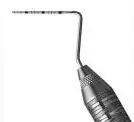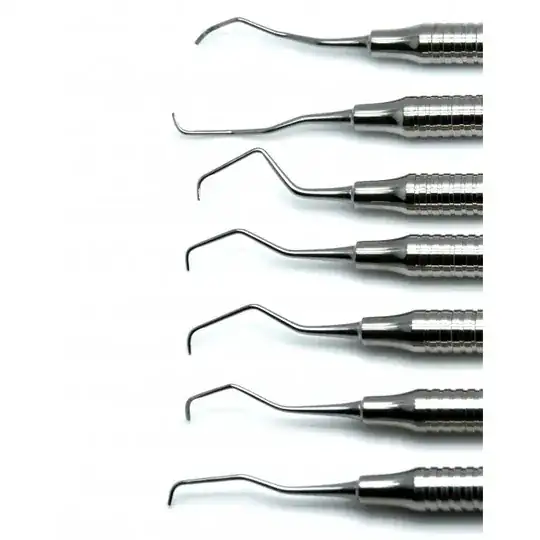I am curious if there is a standard regimen that a dentist uses for cleaning teeth, how standardized it is, and what is the rationale for that process over say some other.
The process my dentist seems to use is to ask me to swig with peroxyl swish it around for 30 seconds and then spit it out. What's going on with that?
Then he/she tends to scrape up and down between the teeth as an inspection of how much tartar has been built up. Then with a water rinse he scrapes specific areas and uses a cavitron machine/water pick like thing, but I think there two he/she is mostly working in between the surfaces. This tool also has access to the back of the teeth.
Then finally does he apply toothpaste, and again he applies to the the back of the teeth as well as front. The time spent on this phase seems pretty small in contrast to the time with scraping the teeth either with a dental tool or the cavitron.
Is this standard? Any thoughts on why this process or another one?
Notes regarding the accepted answer:
Although the accepted answer is informative and detailed, it focuses on the "periodontal" aspects, which doesn't cover the part at the beginning where the dentists asks me to rinse my mouth, sometimes with water or with some bluish stuff that when I asked was called peroxyl. Nor the part where he/she applies toothpaste. I believe most dentists as part of their routine do something with the swish at the beginning, and toothpaste. Also, dentists periodically take xrays to look for cavities.
The answer is also a little light on the benefit of each of the steps, or why things are done in that order if it matters. One can kind of read between the lines to infer why each step might be useful and why a particular step might be done before another. Part of understanding and improving such process requires a little understanding and introspection of what needs to be done, how each step achieves that, and what are the alternative ways to achieve the various goals.
There can be a bit of fuzziness (if not a lack of critical thought) when it comes to dental processes and explanations.


